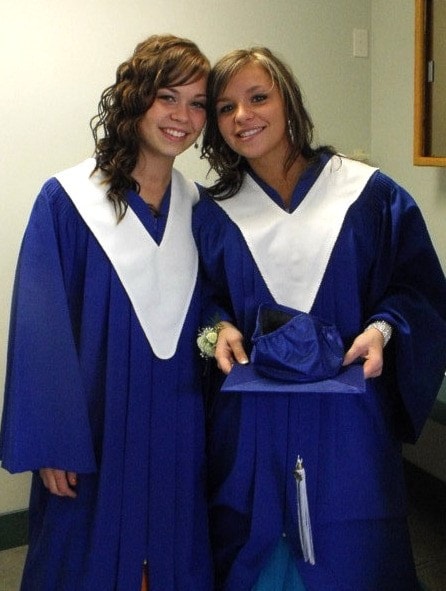There is a reason that Lake Cowichan Secondary School (LCSS) has scored high on this year’s Fraser Institute’s B.C. and Yukon secondary school rankings, and that is the fact that students, teachers, and parents have all been hard at work.
LCSS scored 6.5 for the 2010-2011 school year, continuing an upward trend over the last five years. This data is based on seven key indicators using data from the annual province wide exams ministered by the B.C. Ministry of Education. LCSS principal Peter Jory says that the rating is calculated on a curve, so though he and the school are proud to have scored high once again, “It does not help us in practice.” Jory says he gets the results of LCSS provincial exams immediately after they are completed and that he and the other teachers track student progress week by week “and that’s what we can work with.”
Non-the-less, the attention the school has received because of this year’s score, though overwhelming, is welcome as it helps to illuminate all that has been done to help encourage students to graduate. Jory says that for the most part, a student’s day at LCSS is not that much different than it would be in any other school in the province, with one exception: Jory and the other teachers at LCSS have worked hard to organize and structure the learning plans of students and the communication with them to be more comprehensive and meaningful.
Plan 100 is an initiative that Jory has been working on for the past few years. It focusses on getting Grade 12 students to the stage as full graduates. “The difference between graduating and not graduating is huge in a student’s opportunities, lifetime earnings, and quality of life, and we wanted to make sure our kids had every chance to be successful. We track their course completions and the progress and communicate regularly to see if anyone is struggling or not making it. We make calls home, we talk to the students, we offer extra support and sometimes we even insist they accept it. The ceremony is at the end of the year, and no one is allowed on the stage unless they have completed the necessary coursework. It works.”
For Sydney Rabey, this approach did work. The nineteen-year-old says that the personal attention she received from both Jory and her other teachers made all the difference. Rabey says that when she transitioned into the high school, she was a typical teenager, she cared more about going out and being with her friends than attending school, “but they (the teachers) never gave up on me.”
Rabey says she has a competitive personality and that once she started to receive good grades she began to feel motivated. She realized that if she didn’t apply herself to her education that she would be jeopardizing her future.
There are several teachers who stand out to Rabey, and whom she feels really made a difference to her. One of them being Michele Taylor, who runs the learning centre. “The teachers are there because they care,” says Rabey. “Not to annoy or be a bother to students.”
Rabey was Lady of the Lake in 2009, and says that prior to her participation in that event she was too shy to speak in public. “After Lady of the Lake, I gave my first presentation in an English class, and my teacher was shocked. I went from having a hard time speaking in front of one person, to being able to speak in front of hundreds.”
Rabey is now taking criminology at Vancouver Island University. She says she is not sure in what direction she will take her degree, but says that in 2014 she plans to attend UVic.
Jory says that he does worry about declining enrollment and the future of the school. “My goal as principal when I came here four years ago was to make the academic piece work so our students were getting the learning they needed here in the community. It is working, but we do lose kids to the bigger schools and each cohort coming in is smaller.”
